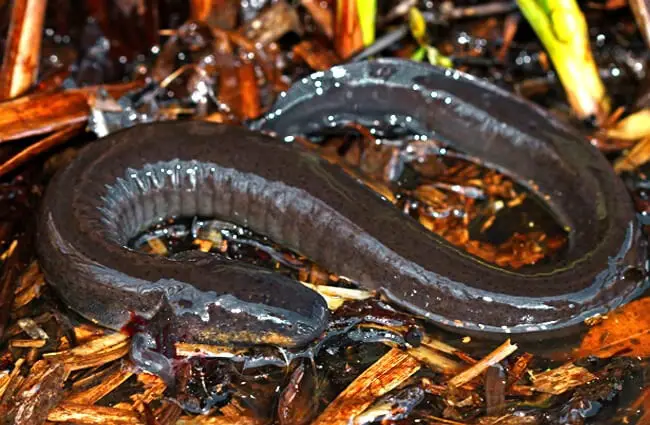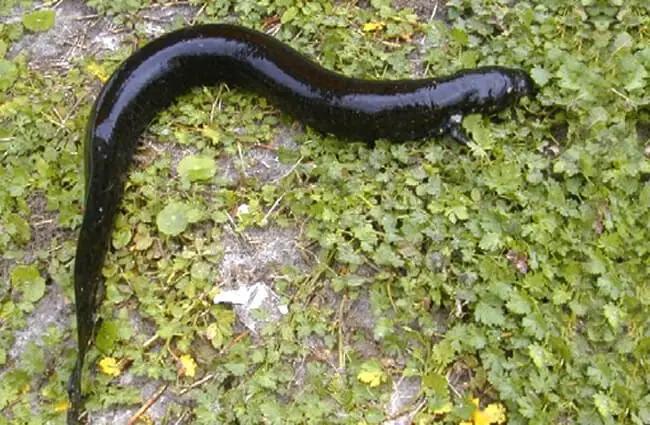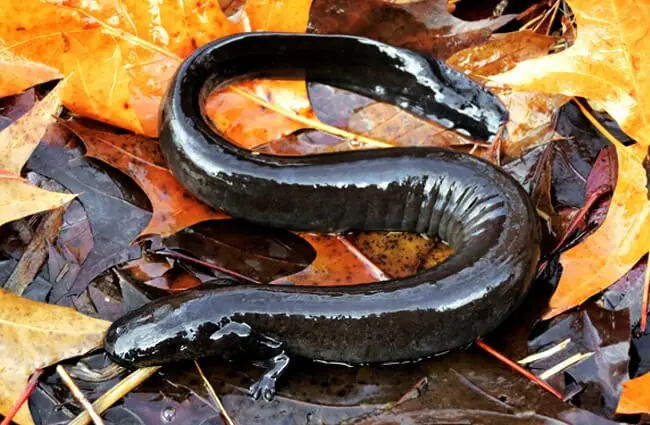Unveiling the Enigmatic Siren: A Deep Dive into the Aquatic World
Few creatures evoke such a sense of mystery and ancient lineage as the Siren. Often overlooked, these fully aquatic salamanders represent a unique branch of vertebrate evolution. This guide explores the fascinating world of Sirens, from their secretive habits and ecological role to their place in human imagination and the crucial aspects of their conservation.

What is a Siren? A Primer on Siren Biology
Sirens, also known as Lesser Sirens and Greater Sirens, are a genus Siren of aquatic salamanders native to the southeastern United States and parts of Central America. They are not to be confused with the mythological Sirens of Greek lore, though the name alludes to a shared captivating quality. What sets Sirens apart is their highly specialized, almost eel-like, body plan. They lack pelvic limbs, possessing only tiny, thread-like front limbs. This, coupled with reduced gills, creates a sleek, efficient form perfectly suited to their underwater lifestyle.
Distinguishing Siren Species
There are two recognized Siren species:
- Greater Siren (Siren lacertina): The largest of the two, reaching lengths of up to 3 feet. It has a dorsal fin that runs nearly the entire length of its body and a broader head.
- Lesser Siren (Siren intermedia): Smaller, typically reaching around 1.5 to 2 feet. Its dorsal fin is less pronounced than that of the Greater Siren.
Habitat and Distribution: Where Do Sirens Live?
Sirens are primarily found in the warm, slow-moving waters of swamps, marshes, canals, and ponds. They prefer vegetated areas with muddy bottoms, providing ample cover and foraging opportunities. The Greater Siren is more tolerant of brackish water and can occasionally be found in coastal areas. Their distribution is largely restricted to the southeastern United States, ranging from Virginia to Florida and west to eastern Texas, with some populations extending into Mexico and Central America. Identifying potential Siren habitats involves looking for still or slowly flowing water bodies with abundant aquatic vegetation and soft substrates.

Diet and Foraging Behavior: What Do Sirens Eat?
Sirens are opportunistic carnivores, feeding on a variety of small invertebrates. Their diet includes insects, crustaceans such as crayfish and snails, worms, and small fish. They forage primarily by probing the substrate with their snout, using sensitive receptors to detect prey. Unlike many salamanders, Sirens lack teeth. They swallow their prey whole, relying on muscular contractions in their digestive system to break it down. Their foraging activity is often nocturnal or crepuscular, minimizing competition with diurnal predators.
Reproduction and Life Cycle: The Siren’s Journey
Siren reproduction is a fascinating process, marked by internal fertilization. Males may establish territories and court females, but the details of courtship are not well documented. Females store sperm internally after picking up spermatophores deposited on the substrate. They then lay a clutch of 100 to 500 eggs, attaching them to aquatic vegetation or debris. Siren eggs hatch into miniature versions of the adults, bypassing the typical larval stage. The young are independent shortly after hatching and grow slowly, reaching sexual maturity in several years.

Ecological Role and Interactions: The Siren in its Ecosystem
Sirens play a significant role in their aquatic ecosystems. As predators of invertebrates, they help regulate populations and contribute to the overall health of the food web. They also serve as prey for larger animals, including fish, snakes, turtles, and wading birds. Their burrowing activity helps aerate the sediment, improving water quality. Furthermore, Sirens can act as bioindicators, meaning their presence or absence can reflect the health of the environment. Declining populations of Sirens can signal pollution or habitat degradation.
Sirens and Humans: Interactions and Conservation Concerns
Historically, Sirens were harvested for food and medicinal purposes, but these practices have largely ceased. Today, the primary threats to Siren populations are habitat loss and degradation due to agricultural runoff, urbanization, and wetland drainage. Pollution, including pesticides and heavy metals, also poses a significant risk. Climate change and increased frequency of droughts further exacerbate these challenges. Conservation efforts focus on protecting and restoring wetland habitats, reducing pollution, and promoting sustainable land‑use practices.
Encountering a Siren in the Wild: What to Do
If you encounter a Siren in the wild, observe it from a distance and avoid disturbing its habitat. Do not attempt to handle or capture the animal. Report any sightings to local wildlife agencies to help monitor population trends. Remember, Sirens are sensitive creatures, and any disturbance can negatively impact their well-being.

For the Zookeeper: Siren Care in Captivity
Caring for Sirens in captivity requires specialized knowledge and attention to detail.
- Habitat: A large aquarium with a soft substrate such as mud or fine sand is essential. Provide ample aquatic vegetation and hiding places.
- Water Quality: Maintain pristine water quality through regular filtration and water changes. Monitor pH, ammonia, nitrite, and nitrate levels.
- Diet: Offer a varied diet of live and frozen invertebrates, including worms, crustaceans, and insects. Supplement with vitamins and minerals.
- Enrichment: Provide enrichment activities, such as varying the food presentation or introducing novel objects, to stimulate natural behaviors.
- Avoid: Do not overcrowd the aquarium. Avoid bright lights and loud noises. Monitor for signs of stress or illness, such as loss of appetite or abnormal behavior.
Delving Deeper: Siren Evolution and Genetics
Sirens represent an ancient lineage within the salamander family. Their unique morphology and life history suggest a long period of adaptation to an entirely aquatic lifestyle. Genetic studies have revealed that Sirens diverged from other salamander groups millions of years ago. Ongoing research continues to unravel the evolutionary history of these fascinating creatures, providing insights into the processes that shape biodiversity. They are a crucial link in understanding amphibian evolution and the adaptations necessary to thrive in a fully aquatic environment.
The Siren, with its ancient roots and captivating adaptations, remains a testament to the enduring power of evolution. By understanding and protecting these remarkable creatures, we can ensure their survival for generations to come, preserving a vital piece of our planet’s biodiversity.

![Red Angus Closeup of a beautiful Red Angus cowPhoto by: U.S. Department of Agriculture [pubic domain]https://creativecommons.org/licenses/by/2.0/](https://animals.net/wp-content/uploads/2020/03/Red-Angus-4-238x178.jpg)




![Red Angus Closeup of a beautiful Red Angus cowPhoto by: U.S. Department of Agriculture [pubic domain]https://creativecommons.org/licenses/by/2.0/](https://animals.net/wp-content/uploads/2020/03/Red-Angus-4-100x75.jpg)

